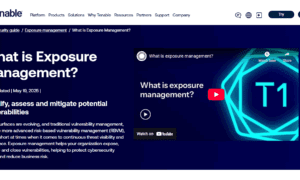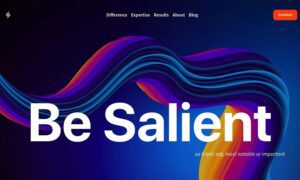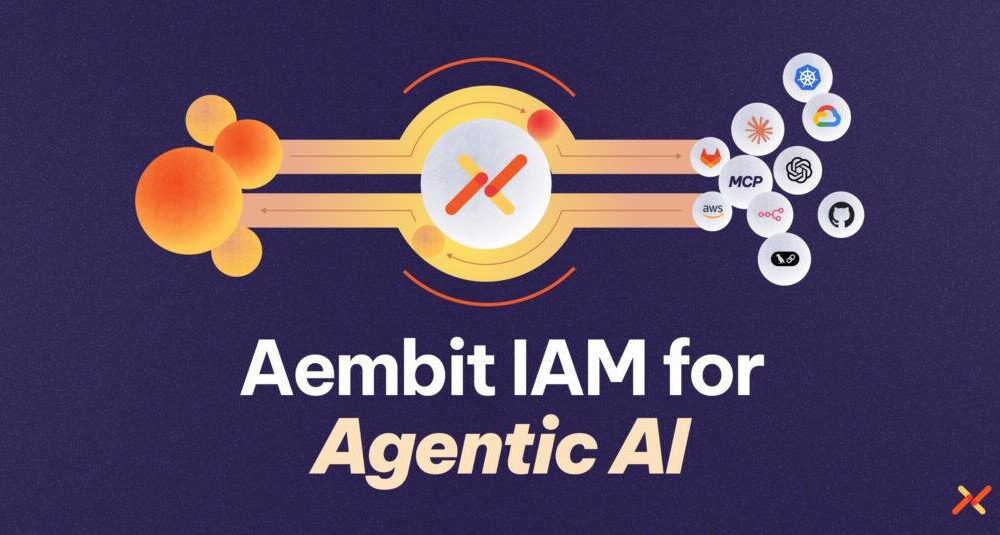Meta Description: A 2025 cyber-security whitepaper for mid-sized businesses. Explore rising threats, regulatory pressures, and how SAV Associates builds resilience with NIST frameworks, risk mapping, and practical defenses.
The Growing Cyber Threat Landscape for Mid-Sized Businesses
In 2024, cyber threats hit an inflection point for mid-market companies. The Canadian Centre for Cyber Security warned that cybercrime remains a “persistent, widespread and disruptive threat” across Canada, with ransomware now the top cybercrime risk to critical infrastructure (canada.ca). Globally, 66% of organizations faced ransomware in 2023 (Deloitte Annual Cyber Threat Trends), showing mid-sized firms are firmly in attackers’ sights. Threat actors, from organized criminals to state-sponsored hackers, exploit supply chains and emerging technologies to target companies with limited security budgets.
The average cost of a breach reached $4.45 million in 2023 (IBM Data Breach Cost Analysis), a potentially devastating hit for mid-sized enterprises. Beyond ransom payments and downtime, CFOs contend with higher insurance premiums, while CTOs must secure hybrid clouds and remote workforces that expand the attack surface.
Regulators are also tightening rules. The U.S. SEC introduced stricter cyber risk disclosure requirements in 2023, and Canadian authorities are pushing new privacy laws mandating “reasonable safeguards” for data. Cybersecurity is no longer just an IT concern; it’s a business continuity and compliance imperative.
Why Cybersecurity Risks Demand Executive Attention
Inadequate cybersecurity affects far more than IT systems. Financially, a breach can halt operations, trigger regulatory fines, and damage customer trust. Breach costs have risen by over 15% in three years (IBM). For mid-sized firms, reputational recovery can be slow, and clients or partners may hesitate to re-engage.
Regulatory and supply-chain pressures compound the risk. Enterprises increasingly demand strong cybersecurity from their vendors. Failure to pass rigorous security questionnaires can mean losing contracts or RFP opportunities. Cybersecurity maturity is now a competitive differentiator: companies that follow recognized frameworks like NIST or ISO 27001 project reliability, while others risk being seen as liabilities. As CISA warns, attackers often breach larger targets via smaller suppliers, making mid-sized businesses part of the national security ecosystem.
Building Resilience: SAV Associates’ Framework-Based Approach
Addressing these threats requires more than off-the-shelf tools. SAV Associates applies a framework-driven strategy, aligning technical measures with business risks. “Cybersecurity isn’t solved by a single tool – it requires a coordinated framework and executive buy-in,” says Sanjay Chadha, managing partner at SAV Associates.
Their process starts with a risk assessment using the NIST Cybersecurity Framework (CSF) to map critical assets, likely threats, and control gaps. Maturity is evaluated across NIST’s five functions: Identify, Protect, Detect, Respond, and Recover to prioritize investments.
SAV applies the “80/20 rule”: focus first on the 20% of controls that mitigate 80% of likely risks. This means implementing essentials like multi-factor authentication, timely patching, and continuous monitoring. Network segmentation and zero trust principles limit intruder movement if a breach occurs. Incident response playbooks and tabletop exercises prepare management to act decisively, reducing downtime.
Employee awareness is also key. Many breaches start with phishing or mishandled data. SAV delivers training tailored to industry scenarios, ensuring policies are practical and enforced. For example, if handling sensitive customer data, SAV implements classification and encryption protocols, verified through audits.
Strengthening Governance and Compliance
Mid-sized firms often lack a Chief Information Security Officer. SAV fills that role, establishing governance structures where leadership has visibility and accountability. This includes defining responsibilities, regular cyber risk reports to executives, and metrics aligned with business priorities such as incident rates or compliance status.
The updated NIST CSF 2.0 emphasizes cybersecurity as an enterprise risk alongside financial and reputational risks (NIST.gov). SAV integrates cyber risk into overall risk registers and strategic plans, keeping it on the board agenda through quarterly reviews.
On compliance, SAV aligns controls with specific regulations like HIPAA or PCI-DSS, meeting requirements without excess bureaucracy. This dual focus avoids “check-the-box” compliance and ensures actual security improvements. Clients gain both reduced breach risk and credible proof of robust cybersecurity for auditors, customers, and insurers.
“When resources are tight, we apply the 80/20 principle so that a mid-market firm’s cybersecurity budget is spent where it counts most,” says Chadha. “By simplifying risk mapping, we can fortify the most critical areas first, giving executives confidencethat their investments are protecting the business.”
From Reactive to Proactive – Your Next Steps
The 2025 threat environment makes reactive cybersecurity untenable. Companies that take a structured, risk-based approach have an advantage. This whitepaper has outlined the top challenges, from ransomware to regulatory pressures, and how SAV Associates turns best practices into actionable defenses.
The way forward is to assess risks, secure the fundamentals, and treat cybersecurity as a continuous business process. SAV Associates brings deep framework expertise, technical skills, and business insight to align security with strategic goals.
Don’t wait for a breach or compliance crisis. Contact SAV Associates to evaluate your cyber risks and build a resilient, compliant security program.
References
Communications Security Establishment Canada. (2024, October 29). National Cyber Threat Assessment 2025–2026 [News release]. Government of Canada. https://www.canada.ca/en/communications-security/news/2024/10/canadian-centre-for-cyber-security-releases-national-cyber-threat-assessment-2025-2026.html (Government of Canada)
Deloitte. (2023). Annual Cyber Threat Trends report [Press release]. Deloitte. https://www.deloitte.com/cbc/en/services/risk-advisory/perspectives/cybersecurity-threat-trends-2024.html (Deloitte Insights)
Editor’s report. (2024, May 31). The SEC’s new cybersecurity disclosure rules decoded: What they mean for investors. Reuters. https://www.reuters.com/legal/legalindustry/secs-new-cybersecurity-disclosure-rules-decoded-what-they-mean-investors-2024-05-31/ (Reuters)
IBM Security & Ponemon Institute. (2023). Cost of a Data Breach Report 2023 [PDF]. https://d110erj175o600.cloudfront.net/wp-content/uploads/2023/07/25111651/Cost-of-a-Data-Breach-Report-2023.pdf (d110erj175o600.cloud-front.net)
National Institute of Standards and Technology. (2024, February 26). NIST releases version 2.0 of landmark Cybersecurity Framework [News release]. https://www.nist.gov/news-events/news/2024/02/nist-releases-version-20-landmark-cybersecurity-framework (NIST)
CISA. (2024). Information and Communications Technology Supply Chain Security [Web page]. Cybersecurity and Infrastructure Security Agency. https://www.cisa.gov/topics/information-communications-technology-supply-chain-security (CISA)
National Institute of Standards and Technology. (2024). The NIST Cybersecurity Framework (CSF) 2.0 (CSWP 29). https://doi.org/10.6028/NIST.CSWP.29 (NIST Computer Security Resource Center)



































